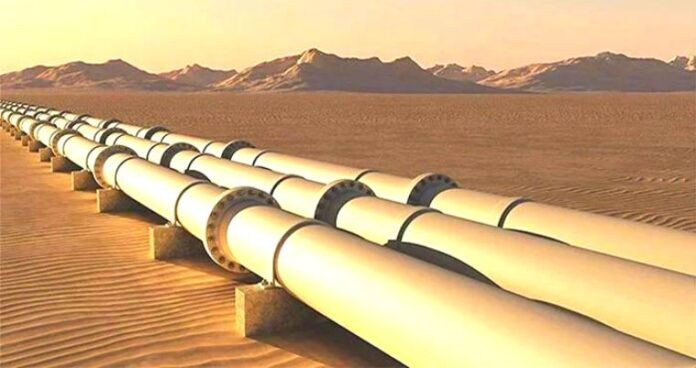Russia has said that it will stop selling oil and gas to countries that have imposed price caps on its energy resources. Most of these countries are in the European Union, which imports 25% of oil and 45% of gas from Russia. Italy, Germany, Netherlands, and France are some of the biggest customers of Russian gas. However, in response to the Ukraine invasion in February, all Western nations have been trying to cut their reliance on Russian oil and gas resources.
Europe Hoarding Gas Supplies for Developing Countries
The US has completely banned oil, Liquified natural gas (LNG), and coal from Moscow, while the EU has imposed a partial ban which reportedly ceases 90% of Russian exports to the bloc. In addition to this, a G7 meeting scheduled on September 9 is expected to discuss plans to impose price caps on purchases from Russia to reduce its revenues.
Russia said this move would lead to “significant destabilization” in the global oil market as whoever imposed price caps would not receive any resources. Moscow spokesperson Dmitry Peskov told the media that European energy markets were at a “fever pitch” due to anti-Russian strategies that have led Europe to buy LNG from the US for an “unjustified” amount of money. He continued that this had caused US companies to grow richer while EU taxpayers were getting poorer.
Europe is seeking an alternative energy supply to separate itself from the dependency on Russia’s Nord Stream 2 pipeline. And for that, it has chosen LNG, making it difficult for poorer countries to keep up with rising prices. According to CEDIGAZ, LNG imports into the UK and the EU increased 66% in 2022 from the annual average in 2021.
Pakistan in the Thick of Things
Disrupting the energy exports from one of the world’s largest energy suppliers has resulted in an abnormal price hike across the world. Just like other oil-importing developing countries, Pakistan, which has been facing gas shortages since 2020, is facing additional turbulence due to this conflict between Russia and the West. LNG imports in Pakistan have already dropped by 15% due to the EU scrambling for alternative gas supplies. LNG was once a cheap source of alternative power in Pakistan, but now it has been purchasing it for up to 32.6 USD per MMBtu (metric million British thermal units). According to reports, Pakistan recently spot purchased a single cargo of LNG for about 100 million USD to get through Eid Holidays. Even the suppliers had cancelled the LNG shipments scheduled for delivery from October 2021 to June 2022 because they were facing their own shortages.
OGRA (Oil & Gas Regulatory Authority) predicted in 2020 that the supply of LNG will meet only 22% of demand by 2030. Moreover, 10 years ago, Pakistan signed a 15-year ‘take or pay contract’ with Qatar and some Italian suppliers, binding it to purchase 87% gas from these sellers or else pay the penalty. However, some of those suppliers have defaulted, leaving Pakistan in the same predicament it hoped to avoid through long-term investment. Qatar has recently announced to increase its LNG generation capacity by 64% in the next 2 years in response to rising demand and new customers. This will help the EU’s rampant buying and further push Pakistan into the corner. Even the country’s alternate option Iran is a potential supplier for the EU. Purchasing from Iran will further raise the gas price drastically.
Winter is Coming
Despite the western sanctions on Russia, Pakistan signed a trade deal with Moscow in March to import 2 million tons of wheat and natural gas at way cheaper rates. However, the logistics and infrastructure issues make it difficult for Russia to move energy resources outside of Europe. In June 2021, Russia proposed a 2.5 billion USD project of an 1100 km long Pakistan Stream Gas Pipeline from Port Qasim in Karachi, Sindh, to Kasur, Punjab. But, the project’s feasibility and possibility are still unclear. From vegetables to fuel, everything has seen price hikes and now expensive gas during the winter season is a new challenge for the cash-strapped nation. Without an appropriate cushion, suffering inflation with grace is the only apparent option for Pakistan. The country is already struggling with the issue of load shedding due to high demand, which may worsen in the coming months.
Also Read


